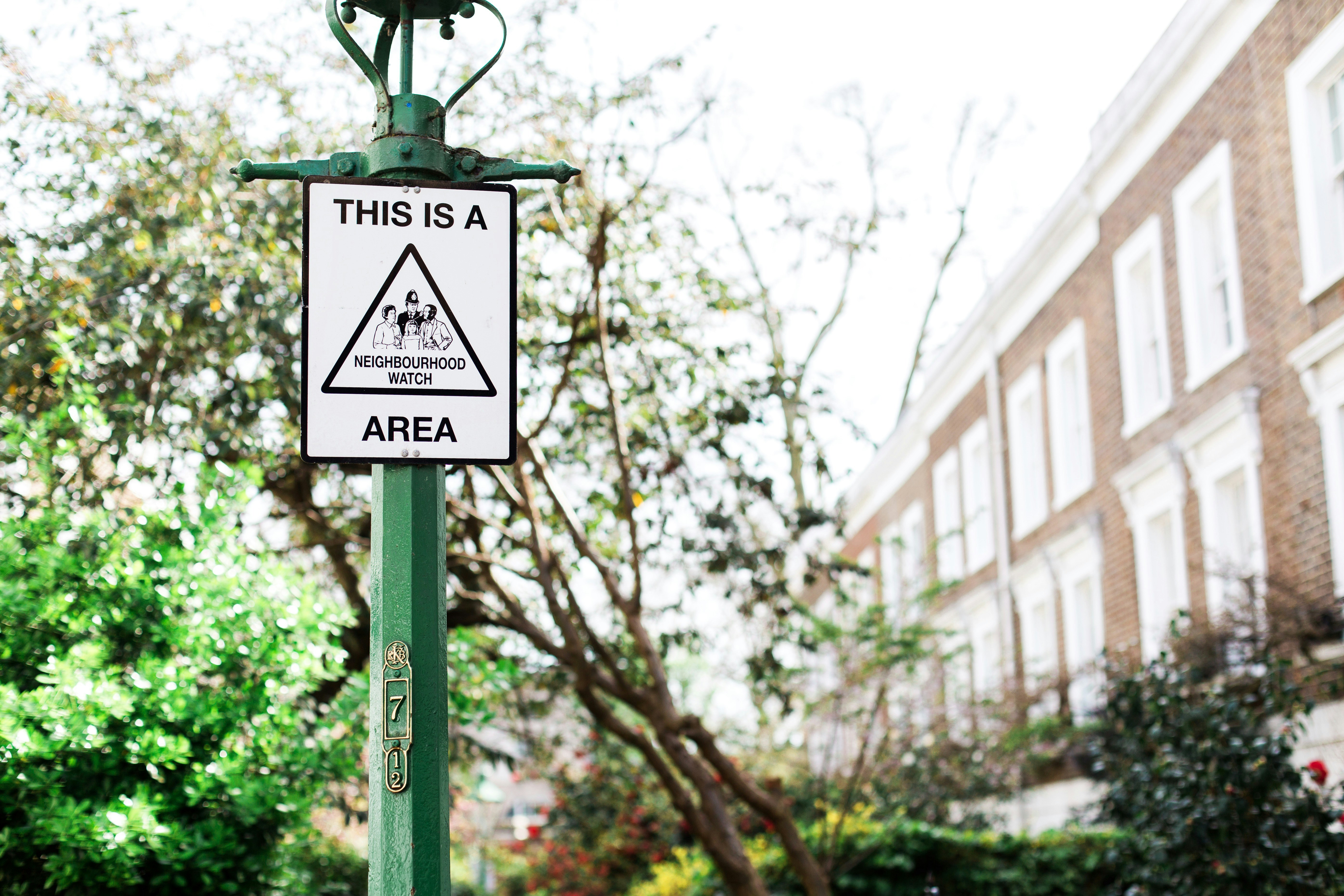
7 Simple Steps to Launch a Neighborhood Watch Program That Makes a Difference
Neighbors who work together on a watch program often build stronger relationships and increase the sense of security in their community. Shared goals bring people closer, encouraging everyone to look out for each other and creating a friendly, supportive atmosphere. Starting with a kickoff meeting and continuing with regular check-ins and improvements, you can shape a watch program that helps everyone feel safer and more connected. These efforts not only deter unwanted activity but also provide peace of mind and a sense of belonging for all residents involved. Every step you take brings positive change to your block.
Advertisement
Engaging every household, tapping into local resources, and establishing straightforward procedures keeps momentum high. Below, you’ll find seven practical steps that guide you through gathering volunteers, defining tasks, setting up alert systems, and tracking progress. Let’s jump into creating a watch program that brings neighbors together and boosts collective safety.
Step 1: Organize a Neighborhood Kickoff Meeting
Invite residents with door-to-door flyers, social media posts, and friendly knock-and-talk visits. Highlight the core purpose: creating a stronger, connected community through shared responsibility. Keep invitations upbeat—mention snacks, a brief agenda, and chances to share ideas.
At the meeting, use this numbered list to keep discussions on track and ensure every voice gets heard:
- Welcome and program overview
- Local crime trends and statistics
- Volunteer roles and time commitments
- Next steps and scheduling
Finish with clear action items—assign someone to record attendance and another to distribute meeting summaries. Close by setting the date for your first patrol briefing or a safety training session.
Step 2: Conduct a Community Safety Survey
Gather residents’ perceptions using a simple questionnaire. Encourage people to share concerns about street lighting, suspicious activity, and areas needing attention. Keep the tone casual—promise that every response matters.
Use bullet points to display survey sections on printed or online forms:
- Most concerning safety issues
- Preferred patrol times
- Willingness to volunteer for specific tasks
- Suggestions for neighborhood improvements
Collect surveys at local spots like cafes or via neighborhood social platforms. Then analyze results together, so everyone sees which issues rise to the top and volunteers feel their input shapes the plan.
Step 3: Define Roles and Responsibilities
Assign clear duties to volunteers based on skills and availability. Some might prefer regular evening patrols, while others thrive at organizing events or monitoring local group chats. List roles like patrol leader, meeting facilitator, communication coordinator, and data recorder.
Draft brief role descriptions that cover expected hours, tasks, and contact details. Distribute these in a shared document or printed handout. When people know exactly what they’re doing, they stay motivated and engaged.
Step 4: Develop Communication and Alert Systems
Create reliable methods to share updates and emergency alerts. A closed social media group, a group text thread, or an email list keeps everyone on the same page. Make sure each household has at least one representative in the chosen platform.
Partner with local agencies to receive official alerts. Many police departments offer free neighborhood watch subscriptions or access to apps like Nextdoor. Post clear instructions on how to report incidents, including phone numbers, website links, and step-by-step guidance for submissions.
Step 5: Schedule Patrols and Assign Shifts
Plan patrol routes that cover every street, drop-off zone, and common space. Rotate volunteers so no one feels overworked. Set shifts for mornings, afternoons, and evenings to match residents’ schedules. This ensures continuous coverage without burnout.
Maintain a shared calendar—online or printed—listing who patrols when and where. Encourage patrol buddies so newcomers pair with experienced volunteers. Provide checklists for each shift: note unusual activity, log times, and capture any follow-up tasks.
Steps 6 & 7: Implement, Monitor, and Adjust
Roll out your patrols and communication systems. Encourage volunteers to report back weekly or after key events. Use this feedback loop to track successes—reduced noise complaints, improved street lighting—and address gaps.
Organize information with bullet points or numbered lists to keep evaluations clear:
- Number of patrol hours logged
- Incidents reported and outcomes
- Volunteer attendance trends
- Suggested improvements for tools or procedures
Then refine your plan. If evening shifts see low turnout, change patrol times or seek new participants. When communication stalls, test alternative platforms or reminders. This flexibility keeps the program relevant and effective.
A neighborhood watch thrives when residents commit to regular involvement and open dialogue. Celebrate small victories—recognition boosts morale and encourages newcomers to join. Host periodic gatherings to reward volunteers, share stories, and refresh safety tips.
Building trust and taking initiative strengthen your neighborhood. Your efforts make it safer and more connected for everyone.
Advertisement